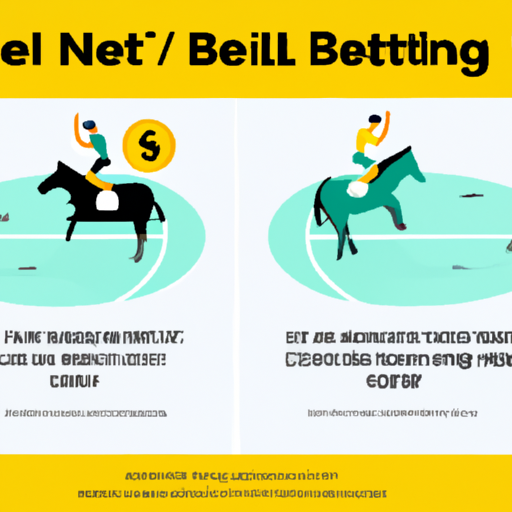Flat Betting vs. Kelly Criterion – Which Staking Method is Better?
When it comes to gambling or investing, the method you choose to allocate your bets or funds can dramatically affect your overall returns and risk level. Two popular methods are flat betting and the Kelly Criterion. This article explores these strategies, comparing their advantages and disadvantages, and provides practical advice on which might be better suited for your betting or investment strategy.
Understanding Flat Betting and Kelly Criterion
Flat betting is a straightforward strategy where you bet the same amount on each wager, regardless of your previous outcome. This method is simple and limits the risk of losing your entire bankroll quickly. On the other hand, the Kelly Criterion, developed by John L. Kelly Jr., is a more complex formula used to determine the optimal size of a series of bets. This method calculates the proportion of your funds to wager based on your edge over the odds.
Flat Betting: Simplicity and Stability
The primary advantage of flat betting is its simplicity and predictability. It's easy to implement, as it doesn't require complex mathematical calculations. Because the bet size is constant, it’s easier to manage your bankroll and minimize the risk of significant losses. This method is particularly appealing to beginners or those who prefer a more conservative approach to betting.
However, the simplicity of flat betting comes at a cost. The potential returns are limited, especially if the bettor has a strong edge over the bookmaker. Since the bet size does not adjust based on the confidence level or the odds, it may result in missing out on maximizing returns on more promising bets.
Kelly Criterion: Maximizing Returns at Higher Risk
The Kelly Criterion offers a more dynamic betting strategy. By adjusting the bet size based on the perceived edge and odds, it aims to maximize the growth rate of your bankroll. This can lead to higher returns compared to flat betting if applied correctly.
Nevertheless, the Kelly Criterion is not without its disadvantages. It requires accurate calculation of your advantage and the correct odds, which might not always be straightforward or possible. Additionally, since this formula can suggest aggressive bet sizes, it inherently involves higher risk. A slight overestimation of your edge can lead to significantly higher risks, potentially depleting your bankroll much faster than flat betting.
Practical Examples
Consider a scenario where you have a 55% chance of winning a bet with even odds. If you're flat betting, you might consistently wager $100 regardless of any edge. With the Kelly Criterion, you would calculate your optimal bet size to be 10% of your bankroll, adjusting the wager as your bankroll changes based on wins and losses.
Conclusion: Weighing Your Options
In conclusion, both flat betting and the Kelly Criterion have their places in gambling and investment strategies. Flat betting is suited for those who prefer simplicity and lower risk, making it ideal for beginners or conservative bettors. In contrast, the Kelly Criterion caters to more experienced bettors or investors who are capable of accurately determining their edge and are willing to accept higher risks for potentially greater rewards.
Ultimately, the choice between flat betting and the Kelly Criterion depends on your individual risk tolerance, comfort with mathematical calculations, and your goals in betting or investing. Consider your situation and perhaps even experiment with both methods in a controlled manner to see which works best for you. Remember, in betting and investing, there is no one-size-fits-all answer.

.png)





